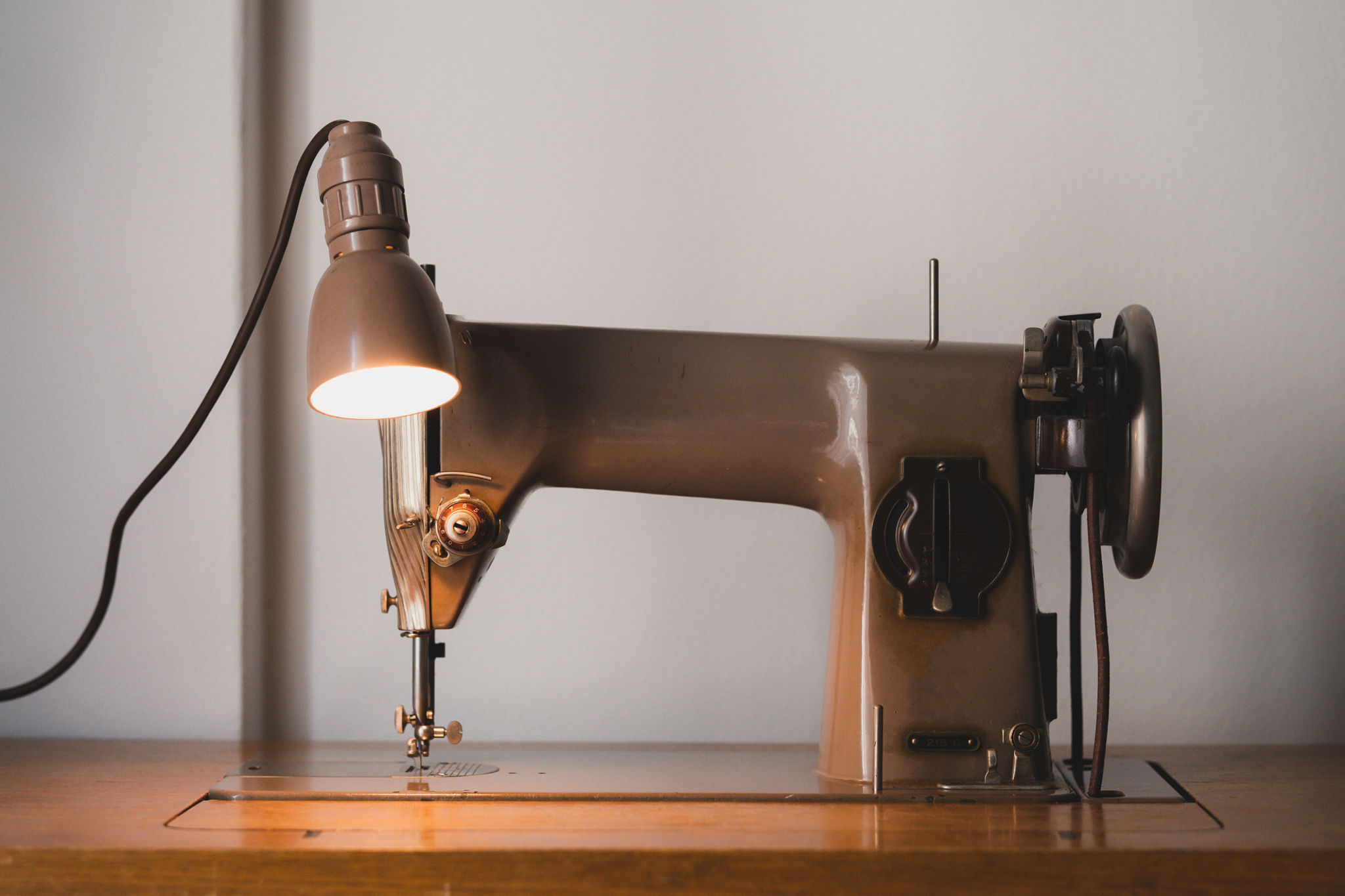DIY Sewing Machine Troubleshooting: Common Issues and How to Fix Them
Understanding Your Sewing Machine
Sewing machines are intricate devices that can greatly enhance your sewing projects, but they can also be prone to a variety of issues. Whether you're an experienced sewer or a novice, encountering problems with your machine can be frustrating. Fortunately, many common issues can be resolved with some basic troubleshooting techniques.

Threading Problems
One of the most frequent issues users encounter is improper threading. If your sewing machine is skipping stitches or the thread keeps breaking, it might be due to incorrect threading. Ensure that the machine is threaded according to the manufacturer's instructions. Pay close attention to the thread path and tension settings.
To fix this, re-thread your machine carefully. Also, check that the needle is inserted correctly and is not bent or damaged. A good rule of thumb is to replace your needle after every major project or every eight hours of sewing.
Tension Troubles
Another common issue is tension imbalance. If the stitches are uneven or if you notice loops on the fabric's underside, the tension might need adjustment. Start by checking the tension settings on both the upper thread and bobbin. Consult your manual for guidance on adjusting the tension settings for different types of fabric.

Needle and Fabric Issues
The type of needle and fabric you're using can also affect the performance of your sewing machine. Using the wrong needle for your fabric can lead to skipped stitches or even damage to your material. Always match the needle type and size to your fabric. For instance, use a ballpoint needle for knit fabrics and a sharp needle for woven fabrics.
If your machine is still not stitching properly, try changing the needle. A dull or bent needle can cause numerous issues, so replacing it regularly is key to maintaining stitch quality.
Bobbin and Shuttle Concerns
The bobbin area is another part of the sewing machine that can cause problems. If the bobbin is not wound evenly or inserted correctly, it can lead to jamming or irregular stitching. Make sure your bobbin is wound tightly and inserted properly into its case.
Additionally, clean out lint and debris from the bobbin area regularly. Dust and fibers can accumulate and cause the shuttle to misbehave, leading to frustrating sewing experiences.

Maintenance and Care
Proper maintenance is crucial for keeping your sewing machine in good working order. Regularly oiling the moving parts of the machine as per the manufacturer's instructions will reduce friction and prevent wear and tear.
Also, perform regular checks for loose screws or parts that might have shifted over time. Tightening these components can prevent unnecessary noise and ensure smooth operation.
Conclusion
Troubleshooting your sewing machine doesn't have to be daunting. By understanding common issues and how to fix them, you can keep your sewing projects running smoothly. Regular maintenance and care will prolong the life of your machine and keep it performing at its best.
With these tips in mind, you'll be well-equipped to tackle any sewing challenge that comes your way. Happy sewing!